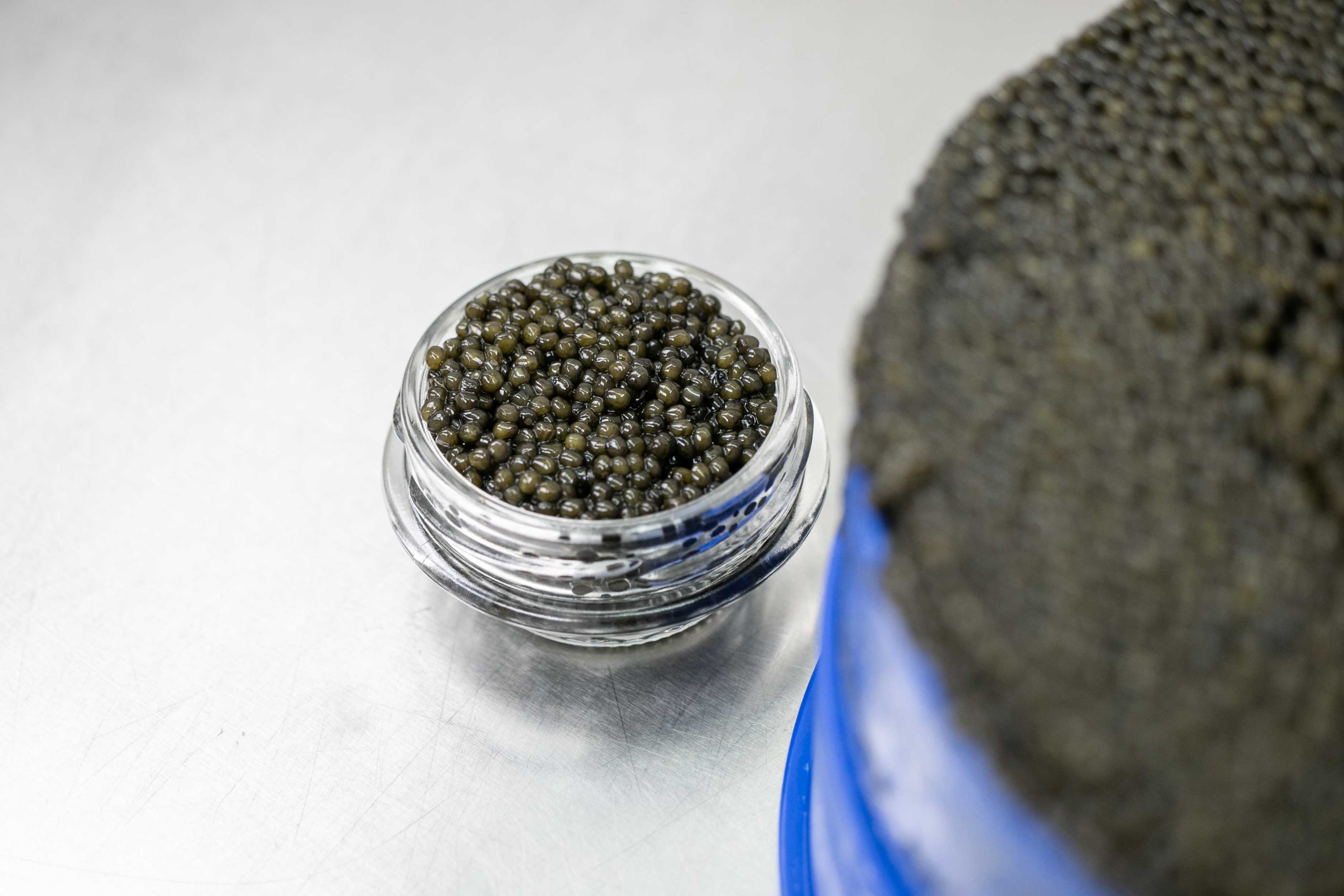How to store caviar | Caviar storage directions for unopened and opened caviar jars and tins

When you receive caviar and don't plan to immediately eat all of it right away, it is necessary to properly chill the container to prevent spoilage. Malossol caviar is highly perishable, requiring cold temperatures as well as minimal air exposure for the product to maintain an average shelf-life of about 4 weeks.

The best way to protect the quality of your caviar is to keep it unopened and refrigerated until consumption. Keeping the containers vacuum-sealed is crucial to preventing contamination, making smaller size containers a better option for personal use than larger ones. Open as needed and none will go to waste!
Once the vacuum seal is broken, you really only have a few good days left to consume it. We suggest eating your opened caviar within 3-5 days of breaking the seal.
After opening your caviar container, any of the leftovers you plan on saving for later should be returned to the fridge as soon as possible. To limit air exposure during re-storing, the container's lid should be put back on tightly. To prevent additional air exposure we recommend placing a piece of clean food-grade plastic wrap gently on the top surface before replacing the lid.
Maintaining a vacuum-like environment is the first processes in storing fresh caviar. No matter if the seal is broken or not, a refrigerator with temperatures ranging from 27° to 37° F is a necessity for the storage of any quality, low-salt caviar. Usually the cheese or meat drawer will do the trick, but if you are concerned your fridge is not cold enough, rotate some ice packs around the jars or tins in your fridge every few days to ensure they're nice and cold.
Can I freeze my caviar?
Yes, you can freeze your caviar to extend the shelf life for months, but we do not recommend it due to the delicate nature of the membrane surrounding each egg. The caviar will lose flavor and have a softer "oiled-out" texture once thawed. Repeat freezes and thaws will intensify the softening of the caviar's flavor and texture. Freezing Tobiko and "red caviar" (Salmon, Trout, etc.) is more forgiving.
Freezing is especially not advised for fine sturgeon caviar.


